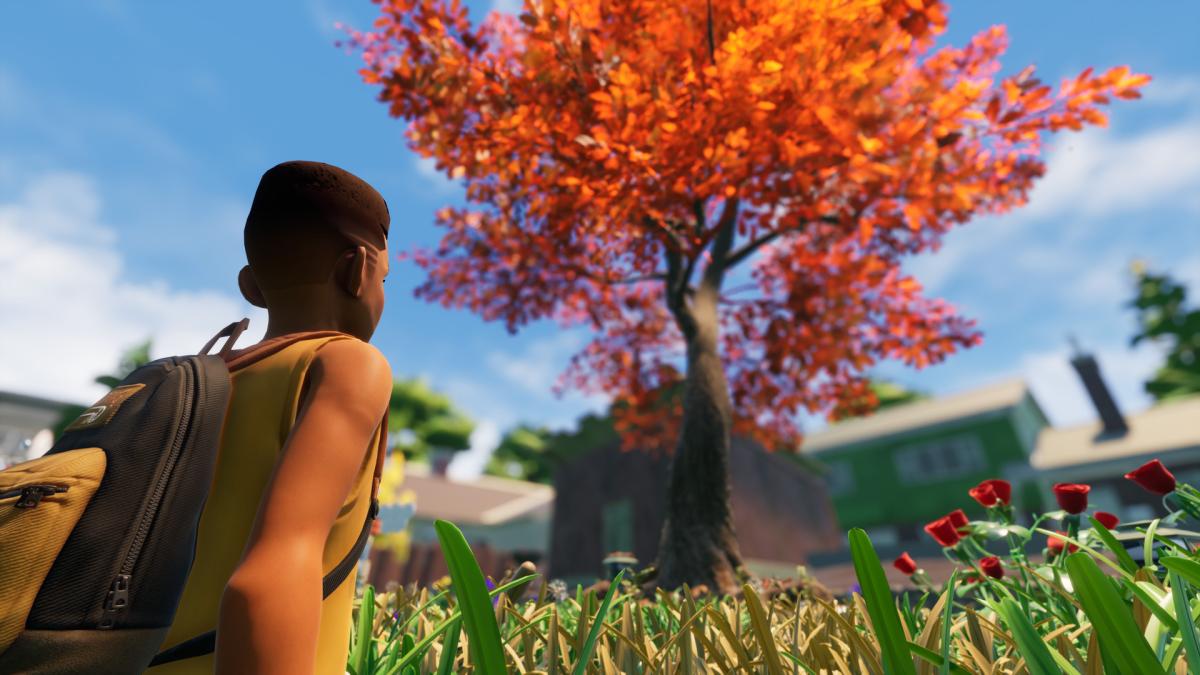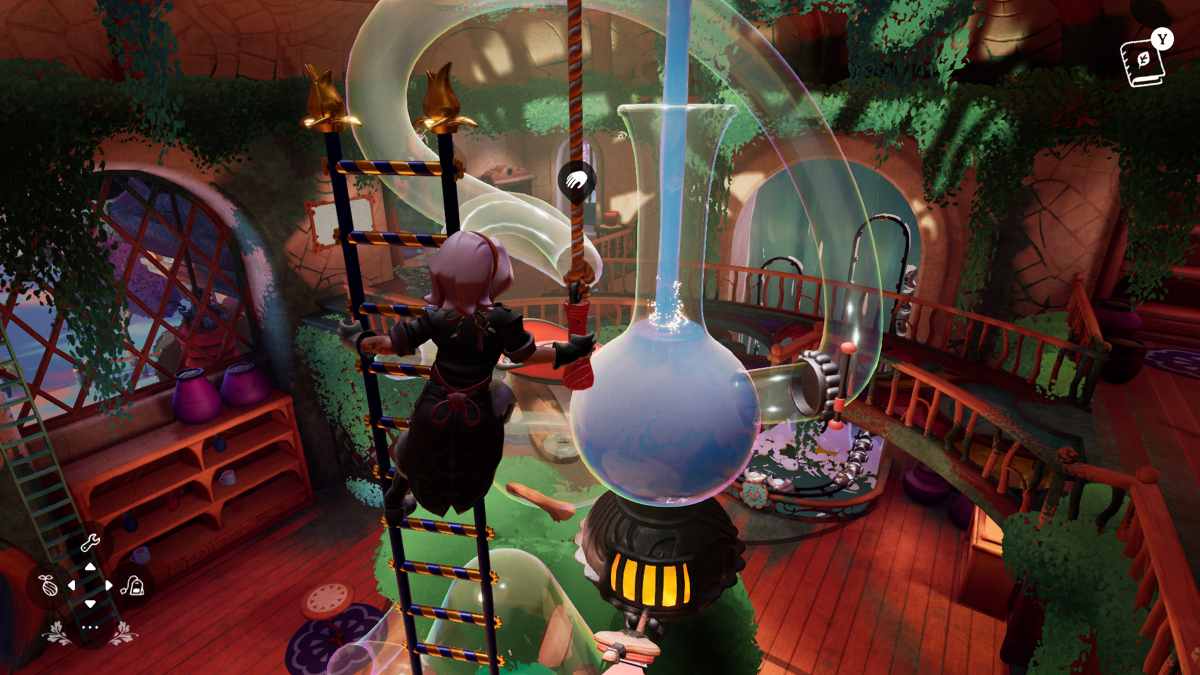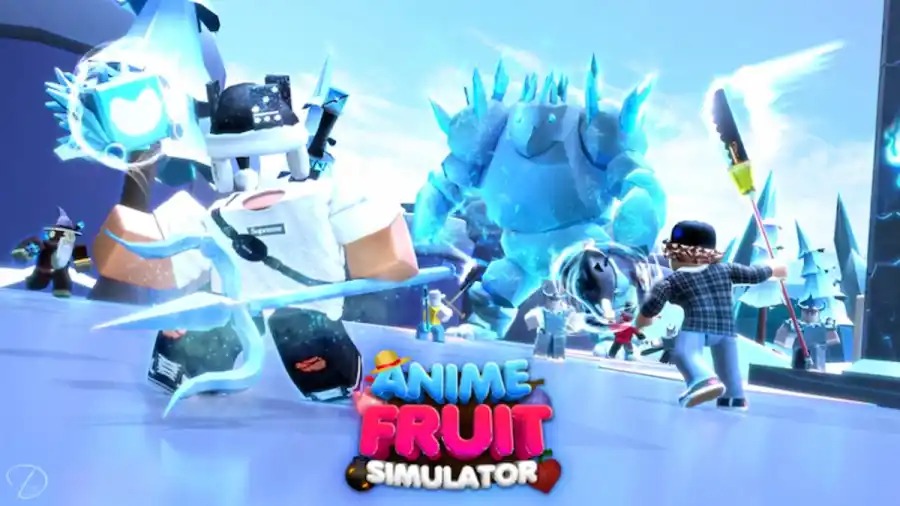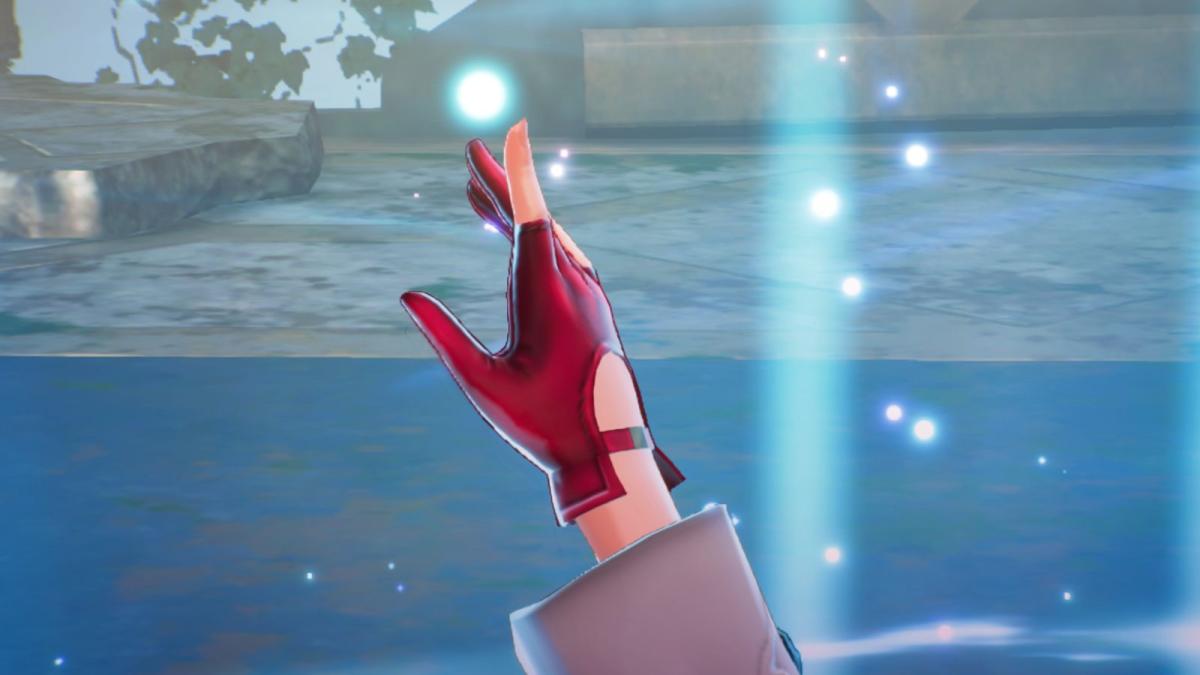Esports is wish fulfillment.
I don’t mean in a career sense—though I’m sure the dreams of playing video games professionally resonates with a whole bunch of us. For me, it’s more allegorical. For centuries men and women have developed sports as a symbolic parallel to the zeitgeist of war and peace. It’s why Grantland Rice invoked the Four Horsemen when detailing the atmospheric pressure of a fucking Notre Dame game, or why old-heads continually emasculate LeBron James for not having an ambiguous, ultraviolent “killer instinct” like he’s a nubile recruit in the carnage of Vietnam.
We are a civilized society with an unquenched thirst for Coliseum bloodsport. Instead of actual blood, we circle our wagons around imaginary athletes on imaginary battlefields.
That’s the cool thing about Rainbow Six: Siege. It’s tense. It’s cut-throat. It’s competitive Hunger Games. For the first time in human history we can build a tournament around securing a house with customizable set of breaching armaments. League of Legends is baked into a long history of PC-centric RPG and RTS tropes, Counter-Strike takes place in a static, clinical world specifically designed to measure the split-second twitchiness of two opposing teams. But in Siege you’ll watch someone break a hole in a window with the but of their gun to get line of sight on a dicey corridor. It feels like real life. Professional SWAT casing is never going to be in the Olympics, but our next best thing is the Rainbow Six Invitational.
“I think our game has a direct correlation with the viewing experience,” Alexandre Remy, Rainbow Six’s, said brand director at an event in Montreal last month. “With any competitive shooter, there’s an easy grammar. You know, cop and robber, it’s simple to understand. There was a good comment on the Reddit who compared Rainbow Six to American football. You sort of understand very, very quickly what the broad rules are. ‘Okay team A has to go that way,’ but there are so many tiny rules that make the game more complex and interesting that take years of watching and practicing to appreciate.”
The intricacies he’s talking about come down to the player-controlled operators. Rainbow Six: Siege’s setting and mechanical functions might be similar to Call of Duty or Counter-Strike, but its team-building dimensions are downright Overwatchian. Each round, two teams are slotted on either attack or defense, guarding a bombsite or hostage in the guts of a fortified complex. But the means of your strategy all come down to your team-building, and the options are surprisingly distinct. Sledge rolls with a sinister gas mask and massive breaching hammer to quickly tear down walls. Fuze can shoot cluster charges on a surface that will detonate grenades on the other side. Pulse carries a trusty heartbeat sensor that offers brief, crucial splashes of intel on the location of the other team. In matches that routinely span 20-plus games, these wrinkles keep things fresh.
Ubisoft has made it clear that they’re doubling down on their esports initiative in 2017, with a revamped ladder system and a brand-new season pass. The invitational was my first chance to take in the product live. In a rustic Montreal theater with a $200,000 prize pool on the line, 12 teams across PC and Xbox One all competed for the monetary proof of being a pro gamer.
They’ve not mastered this yet. Ubisoft ran into a number of technical issues across the weekend, ranging from serious stuff like delayed starts and aborted matches, to more forgivable hiccups like an unreliable scorecard. The commentators adorably put over the fact that the games were being played in front “500 people.” I was there. The auditorium peaked at maybe 250. But all that posturing aside, the action was legitimately blood-pumping. I watched players rappel down buildings upside-down, popping surgical headshots through boarded up windows. Teams would occasionally peer through the open security cameras to get crucial intel on enemy location, offering a delectable cat-and-mouse metagame. One hapless soldier was erased by an expertly placed breaching charge below his feet. It was awesome.
The maps in Siege are all destructible, which means that you don’t run into the same fatigue you might feel after 50 games on de_dust. Squads drop in on different parts of the map, staging firefights at different choke points—with different weapons and utility—every round. There’s so much predictability in the top one percent of other competitive games, but when when no cover is safe from a breaching charge, and you’re accounting for a huge variety of loadouts, the spectacle gets a lot more interesting. When you get flanked in Siege, you get flanked hard. The plaster behind you disintegrates in a blast of shrapnel, and you’re screwed in the most cinematic way possible. Ubisoft built a game that simulates a Heat shootout in three minute doses, and it was cool to see how that still carried over into high-level play.
A giant company like Ubisoft is essentially looking at their esports initiative as a way to generate buzz and keep Rainbow Six healthy into 2017. They can’t expect to turn a profit, especially when Riot Games is still losing money on LCS. But that’s fine. Rainbow Six works well as a spectator sport, and if they intend to support the game for the foreseeable future, I don’t think there’s better advertising than putting transcendent players on display. We were sent home imagining a world where we too could execute a perfect flash-and-clear. Esports is wish fulfillment, after all.













Published: Mar 6, 2017 02:18 pm